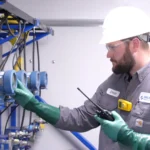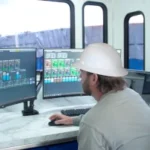Being safe is everyone’s responsibility. Here are a few things to remember each time you are on the jobsite.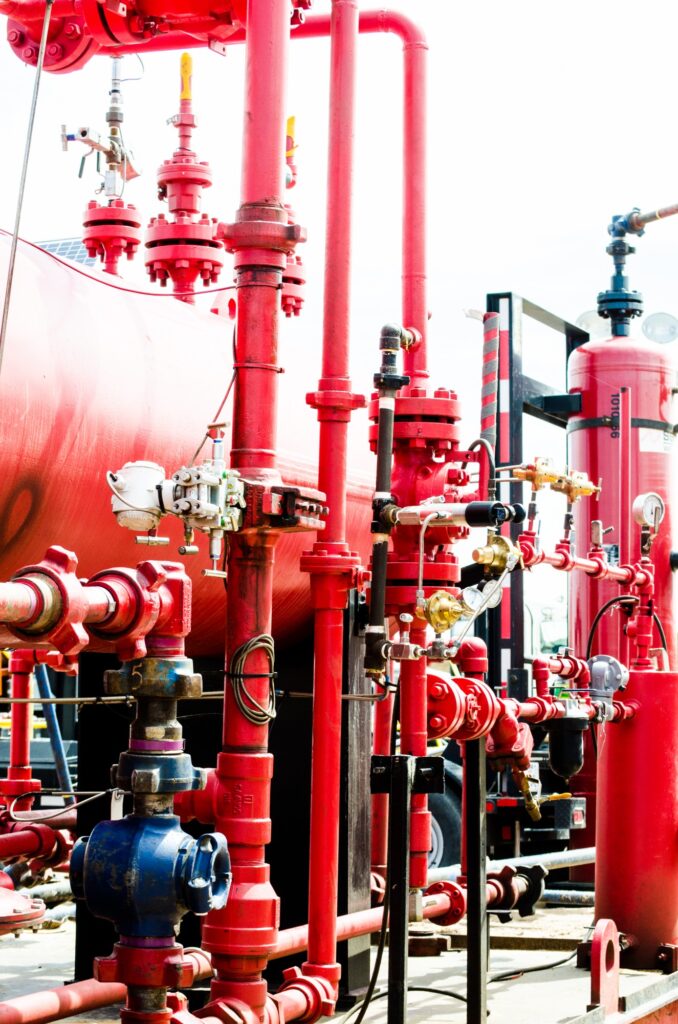
1. Hazard Identification
Before you begin each day, conduct a hazard hunt of your working area. Prior to starting any task, locate the hazards in the area by walking the working environment and identifying all possible risks. By actively pinpointing hazards on the worksite, injury is preventable. Eliminating hazards before work begins is an even better solution.
2. Communication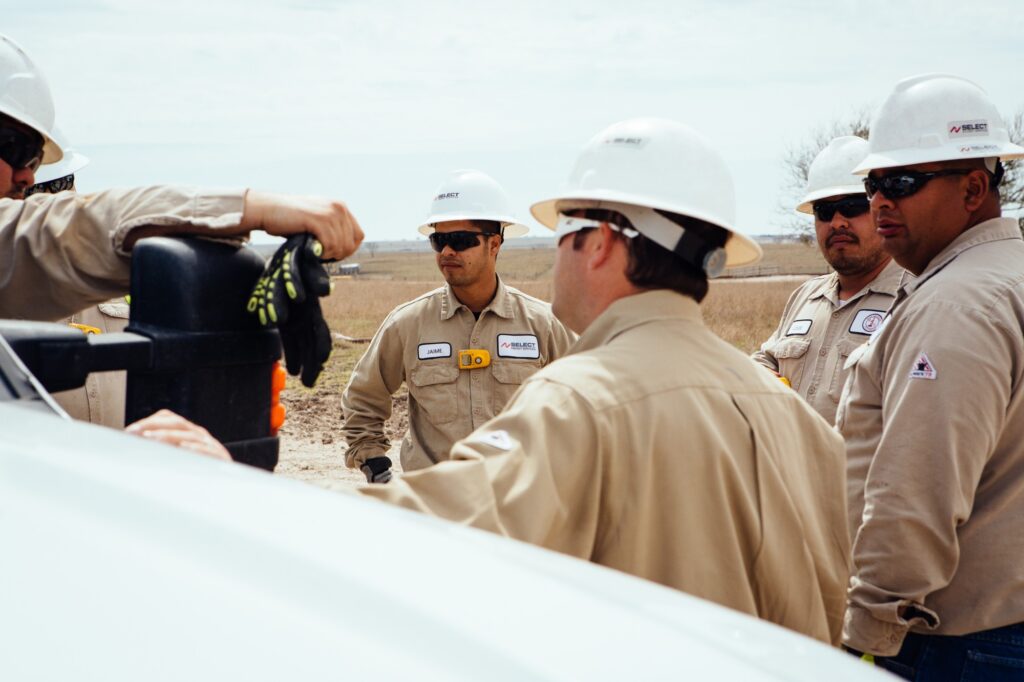
Communication is the single most effective tool we have to stay safe on the job. Every single action you make should be communicated to your team. This ensures they have a sense of where you are and what you are going to do. Communicating throughout the day verbally and with hand signals or signs and by sharing documents (permits) ensures every Select team member stays prepared for a safe work experience every day.
3. Evacuation Preparation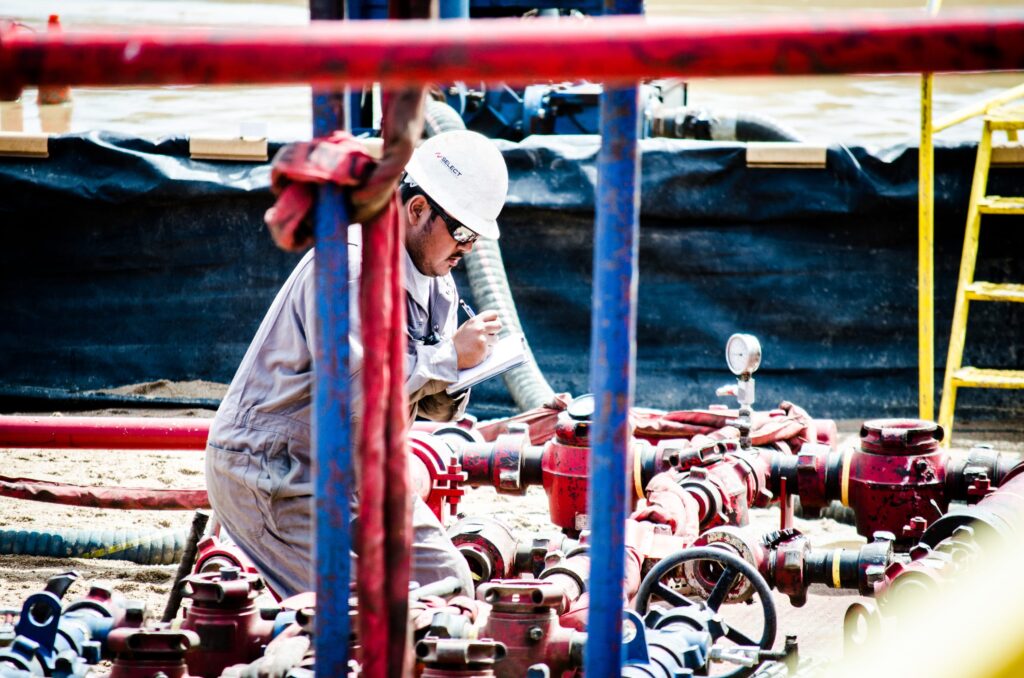
Having an escape route planned can be the difference between life and death. At work, and in everyday life, you should constantly be assessing what to do or how to escape if something goes wrong. According to Craig Fric, HSSE Director, “Know your environment, identify exit routes, and have a backup route. Identify first responders and who is trained, along with what equipment is needed to respond for different scenarios and where is it located. Don’t overlook simple items like the JHA form, or the location of emergency numbers.”
4. Ask Questions
Even the most experienced workers can find themselves unaware of how to complete a task. Before a problem arises STOP AND ASK. Teaching yourself to ask someone before problems happen best prepares you for success on the job site. If that person doesn’t know, then call your supervisor. There is always room to learn, especially if it keeps us all safe.
5. Stop Work Authority
SWA (Stop Work Authority) is the single most powerful right, obligation and responsibility every worker has to prevent an injury. It is correct to stop an unsafe act, whether it is a task you are doing, someone else is doing, or something you are being told to do. The best way to do this is to start yourself and to recognize your teammates and reward those who take action.
6. Job Hazard Analysis
JHAs (Job Hazard Analysis) are a permit to work and must be completed prior to a job starting or when the job task changes. These permits are also a great way to get everyone focused again on the task at hand. JHAs give the team a general idea of what the job steps are going to be. They also include documented hazards the team of which the team should be aware, and include ways the team is going to eliminate or mitigate them.
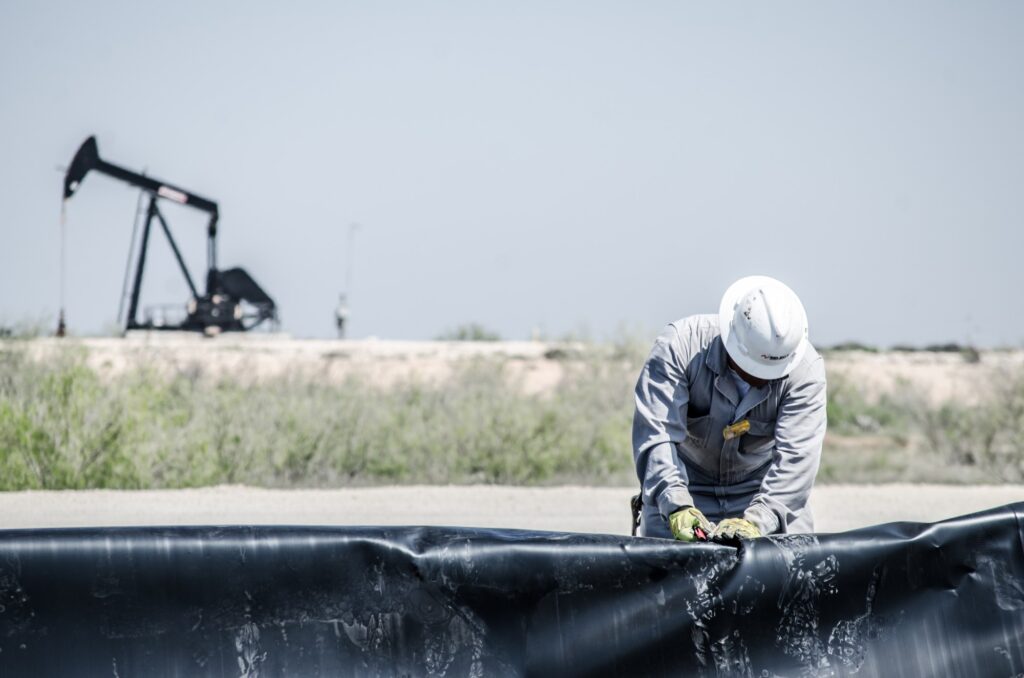
7. Reporting
Everything needs to be reported, regardless of severity. Report all incidents, spills and near misses immediately to your supervisor. If the supervisor is not available, then report to the operations manager and safety coordinator immediately. Consciously reporting these items helps you stay safe along with everyone else who comes along in the future.



